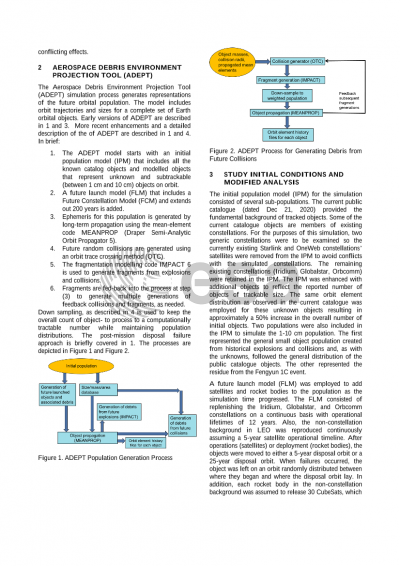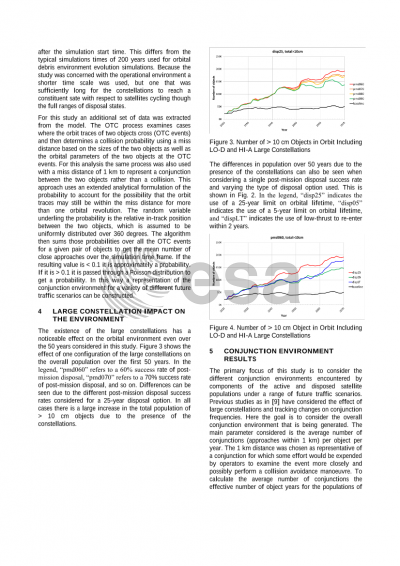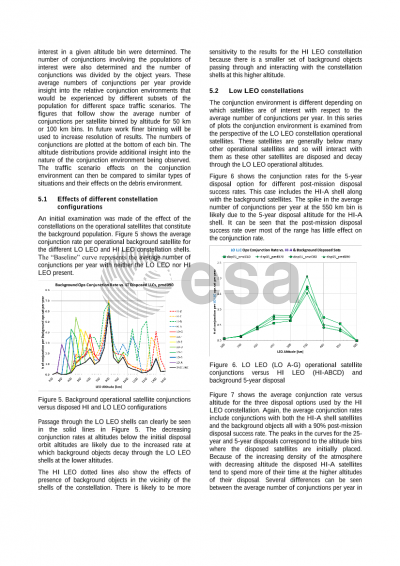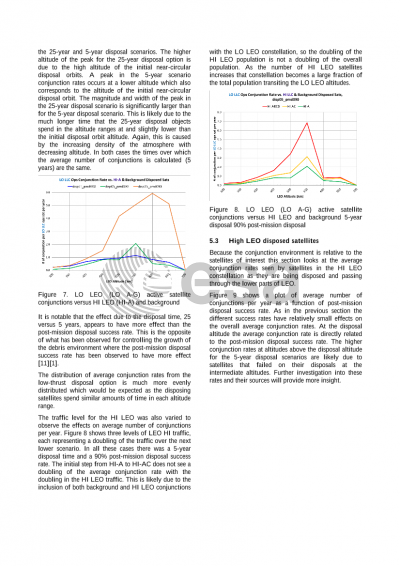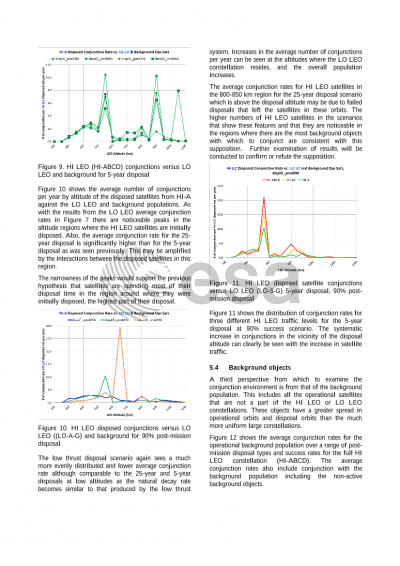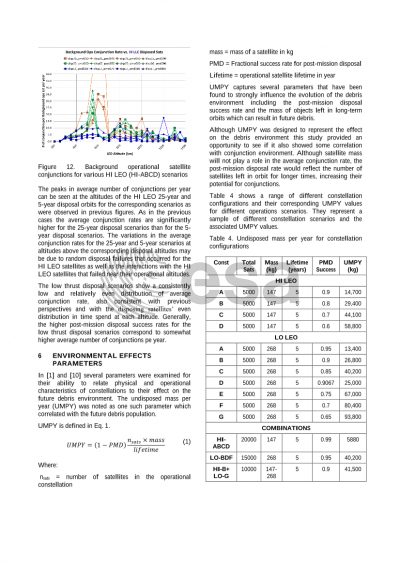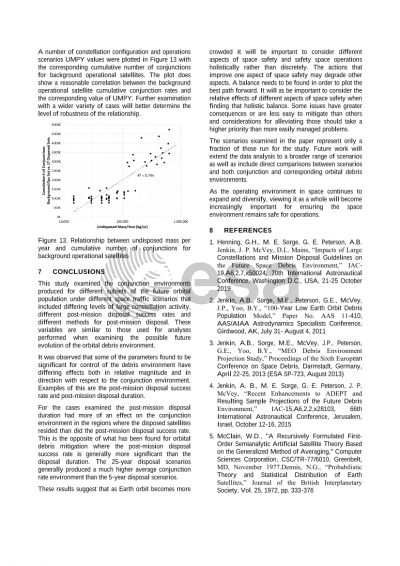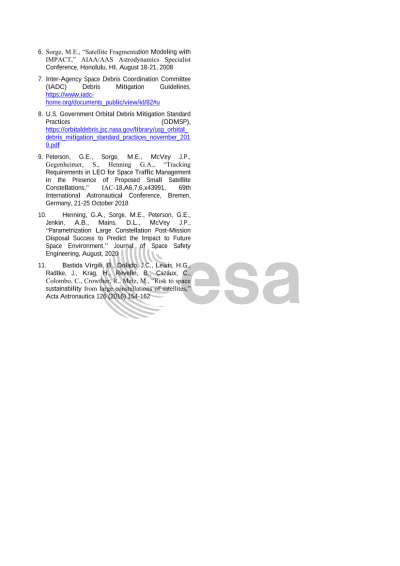Document details

Abstract
Recent projections of future space activity anticipate significant increases in the numbers of active satellites. This is substantiated by proposals for large constellations that can include from hundreds to tens-of-thousands of satellites. Several of these constellations are in various stages of deployment and operation. Many studies have been conducted considering the implications of this large increase in space activity on the orbital debris environment and considered needs for mitigation practices to control the growth of that environment. Other studies have considered the effect of operating large constellations on conjunction frequency and collision avoidance, both for satellites on orbit and for launches that will pass through or into the regions of space occupied by these constellations.
The Aerospace Corporation has started an effort to understand the larger picture and consider the interplay of the many aspects of safe space operations. In order to construct an effective set of best practices, standards or regulations for safe space operations, it is necessary to quantitatively understand how the different, sometimes conflicting, aspects of space operations interact both positively and negatively. Post-mission disposal of satellites in LEO reduces their time in orbit significantly, reducing debris-generating collision risk, but stricter disposal requirements can also increase conjunction frequencies for satellites in lower orbits. Different lengths of post-mission disposal, different disposal processes, and different physical distributions of constellations may all affect the operating environment around and below them. Post-mission disposal practices may be effective for limiting the long-term growth of the debris environment but may have short-term implications for operations.
This paper will consider the interaction between debris mitigation approaches, the evolution of the debris environment and the associated conjunction environment. The study examines a range of future launch traffic scenarios including different numbers, configurations and locations of large constellations. Several techniques for, and levels of, post-mission disposal are modeled to examine the resulting future debris environments and associated conjunction frequencies for operating spacecraft. The conjunction frequency characteristics under different future tracking uncertainty assumptions will also be considered.
Study results will be examined in the context of balancing debris mitigation and conjunction frequency considerations, and will consider implications of conflicting effects.
Preview

